News & Tips
27 Apr 2023
TPM Knowledge
Golden Rules for TPM #09:The Key to "Focused Improvement" in TPM
TPM Golden Rules
Zero loss cannot be achieved immediately. We will achieve zero loss by eliminating individual losses one by one and making "Focused Imrpvement" to accumulate "zero" losses. If you proceed step by step, you will surely achieve results.
Focused Improvement in TPM is an activity to pursue to the limit and achieve zero loss for each problem that hinders efficiency, based on zero accidents, zero defects, and zero breakdowns.
Step-by-step Approach to Zero Loss
In the preparatory stage, problems that are identified as losses in the production system and bottlenecks in the production line are registered as task themes. Next, in the implementation stage, the steps of Focused Improvement are used to ensure that Kaizen are implemented, their effectiveness confirmed, and then halted and deployed horizontally.
In reality, however, it is difficult to reduce all losses to zero at once, so we divide losses into several categories, and then steadily eliminate each category one by one, building up the number of "zeros." In other words, by accumulating small zeros, it is possible to achieve "zero loss on the line XX".
The Key to Achieving Zero Is Through the Pursuit of Causative Factors
The key to achieving zero is to conduct activities together with autonomous maintenance, and it is important to proceed with awareness of:
- the complete elimination of minor defects
- thorough maintenance of basic conditions, and
- thorough Kaizen by making a list of all possible factors in equipment/machines, materials, methods, and people/manpower (4M).
The most important thing to achieve zero loss is to thoroughly pursue causes. This means pursuing Gensho (phenomena) from Genri (rules and principles), observing the Gemba (on site), Genbutsu (in actual products), and Genjitsu (in reality), and sorting them out. In many cases, "Five-Why Analysis" is effective in pursuing causes, and "PM Analysis" is considered effective for problems involving chronic factors. However, it can be too easy to default to narrowing down causes based on experience and assumptions, and then starting to make Kaizen. If this is the case, causes that have not been addressed or hidden causes are overlooked, and zero loss cannot be achieved. Thorough pursuit of causes is indispensable in the pursuit of achieving the ultimate goal.
Related News
Active Areas
Our support reaches to Five Major Continents.

